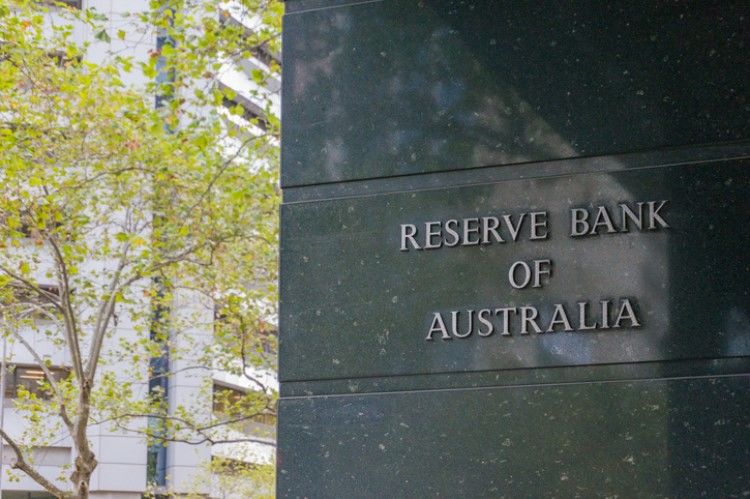
The Reserve Bank of Australia (RBA) has held the cash rate at a historic low of 0.1% as outbreaks threaten to hamper the ongoing economic recovery.
RBA Governor Philip Lowe said the recent outbreaks of the virus could temporarily put a stopper on the ongoing economic recovery, with an expected fall in Australia's GDP by the September quarter.
Still, the current policy support from the state and federal governments as well as the current vaccination program will likely soften the blow of these recent outbreaks.
"The experience to date has been that once virus outbreaks are contained, the economy bounces back quickly,” Dr Lowe said.
“Prior to the current virus outbreaks, the Australian economy had considerable momentum and it is still expected to grow strongly again next year.”
Impact on housing market
Dr Lowe noted the continued strength of the housing market, with prices still on an uptrend across capital cities.
"Given the environment of rising housing prices and low interest rates, the Bank is monitoring trends in housing borrowing carefully and it is important that lending standards are maintained," Dr Lowe said.
Tim Lawless, research director at CoreLogic Asia Pacific, said the low interest rate environment would be able to help support housing demand as house prices become a concern.
A recent report from CoreLogic showed the speed at which house prices are growing has already started to slow down.
Mr Lawless said while low interest rates have been a key factor in stimulating housing demand, worsening affordability is tempering that demand.
“With housing values rising substantially faster than incomes, it’s taking prospective buyers longer to save for a deposit and a larger portion of their income is required to fund their transactional costs,” Mr Lawless said.
Uncertain economic outlook
On a broader economic scale, the central bank's position is uncertain, given the recovery would most likely rely on the "evolution of the health situation and the containment measures”.
However, the RBA maintained its central scenario where the economy is expected to grow by a little over 4% in 2022 and by around 2.5% over 2023.
"This scenario is based on a significant share of the population being vaccinated by the end of this year and a gradual opening up of the international border from the middle of 2022," Dr Lowe said.
On the job sector, the RBA expects an uptick in unemployment in the near future due to the recent lockdowns. However, it is still projected for the unemployment rate to trend lower, hitting 4.5% in 2022 and 4% in 2023.
While the consumer price index (CPI) inflation rate spiked 3.8%, the underlying inflation remains at a low of 1.75%.
Dr Lowe said the RBA will only increase the official cash rate if inflation reaches the target of 2% to 3%, which is expected to happen by 2024 based on other economic forecasts.
"Meeting this condition will require the labour market to be tight enough to generate wages growth that is materially higher than it is currently," Dr Lowe said.
Collections: Mortgage News



Share